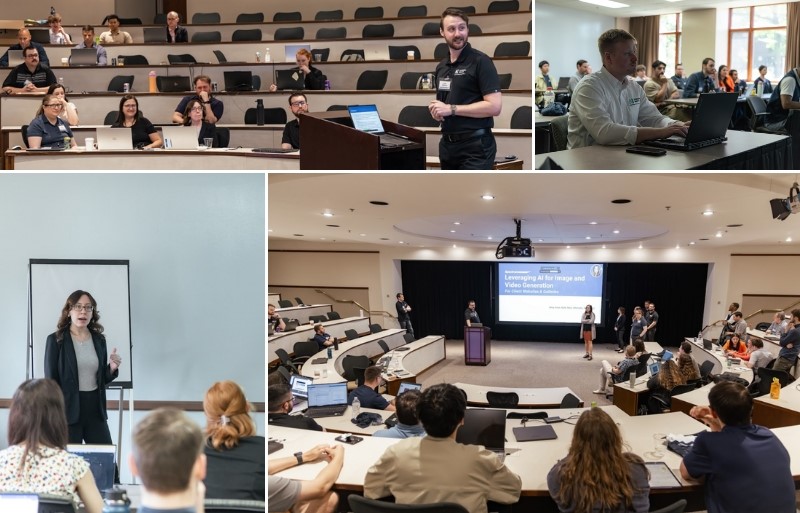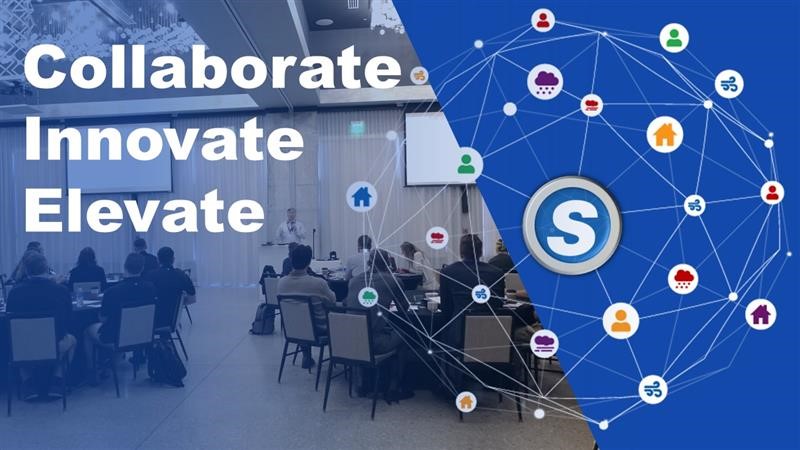Google's Crackdown on AI-Generated Content: What You Need to Know
Amidst the rising tide of AI-generated content flooding search engines, Google has taken decisive action with two substantial algorithm updates in March 2024. These updates mark a significant shift in Google's spam policies, aimed at improving user experience by cracking down on websites inundating search results with mass-produced AI spam content.

Additionally, Google has fine-tuned its core ranking algorithms to downgrade or remove websites and pages that contribute to this issue. The goal is to slash the prevalence of low-quality, unoriginal content in search results by an impressive 40%.
The crackdown specifically targets AI-generated spam, particularly focusing on "scaled content abuse" employed for SEO purposes. By strengthening policies against abusive practices and emphasizing the importance of original, value-added content, Google aims to restore trust in search results and provide users with more meaningful and reliable information.
Among the key areas of concern addressed by these policy updates are issues like site reputation abuse and expired domain abuse, which have been exploited by spammers to manipulate search rankings. By tackling these tactics head-on, Google signals its proactive stance against spam and its commitment to maintaining the quality and relevance of its search results.
It's worth noting that while Google acknowledges its role in advancing AI technology, it remains vigilant in mitigating any negative impacts on search quality. Despite the challenges posed by the proliferation of AI-generated content, Google continues to prioritize the user experience and uphold its reputation as a leading provider of accurate and trustworthy information.
As Google takes decisive steps to combat AI-generated spam and enhance search quality, businesses must adapt by prioritizing originality and value in their online content. By adhering to Google's guidelines and focusing on creating content that genuinely adds value to users, businesses can ensure their continued visibility and relevance in the ever-evolving digital landscape.







